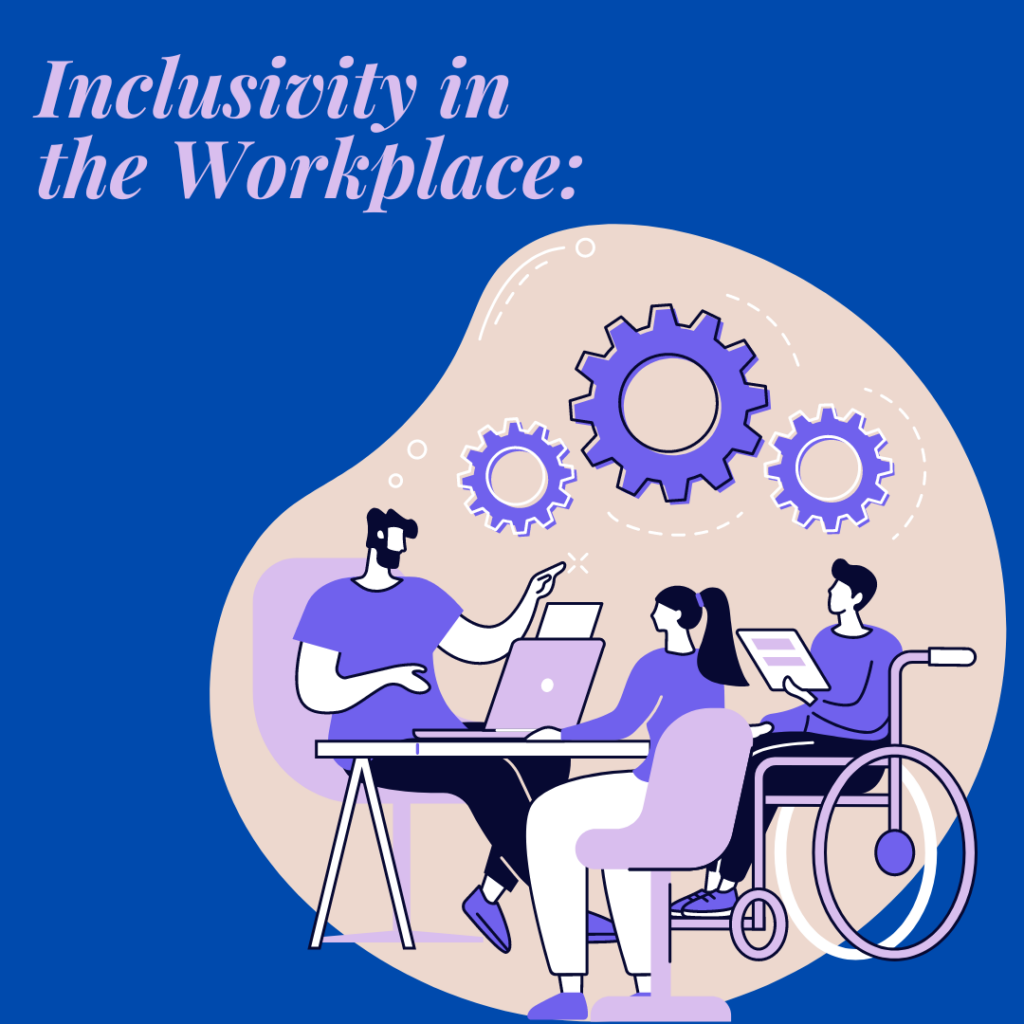Inclusivity in the Workplace
Strategies to Foster Diversity
The professional environment is a fertile ground for individual and collective development, but it can also be a place of challenges in terms of diversity and inclusion. Indeed, inclusivity in the workplace is becoming increasingly important in a world where diversity is a major asset. How can companies foster an inclusive environment where every employee feels valued and respected regardless of their differences?
Here are some key strategies to promote diversity in the professional environment:
-
Awareness and Education
The first step towards inclusivity is to raise awareness among all employees in the company about the importance of diversity. Awareness and training workshops can be organized to educate employees about the issues related to diversity, stereotypes, and prejudices, in order to promote mutual understanding.
-
Diversity-Focused Recruitment
An inclusive company begins with a recruitment process that values diversity. Recruitment teams should be trained to avoid unconscious biases and ensure that candidates are assessed solely based on their skills and professional experience.
-
Non-Discrimination Policies
Establishing clear non-discrimination policies is essential to promote inclusivity. Companies must define rules and procedures that prohibit any form of discrimination based on gender, race, sexual orientation, disability, or any other personal characteristic.
-
Inclusive Leadership
Leadership plays a major role in creating an inclusive culture. Leaders must set an example by actively promoting diversity within the company. Diversity at the leadership level demonstrates a serious commitment to inclusivity and serves as inspiration for employees at all levels.
-
Accommodations and Accessibility
Ensuring an accessible work environment is crucial for inclusivity. This goes beyond compliance with physical accessibility standards. Companies must also consider the specific needs related to the diversity of employees, whether it’s accommodations for people with disabilities or cultural adaptations.
-
Inclusive Communication
Fostering open and inclusive communication allows every employee to feel heard and respected. Companies should encourage spaces for dialogue where employees can express their opinions and contribute to decision-making.
Conclusion
In conclusion, inclusivity in the workplace is a shared responsibility that begins with awareness and materializes through concrete policies and actions. Companies that embrace diversity not only benefit from a richer and more fulfilling work environment but also gain increased competitiveness in an increasingly globalized world. Inclusivity is not just a goal; it is a necessity for the future of work. It is essential to assess the actions taken and communicate about this assessment. This allows for self-evaluation of the strategy and a commitment to continuous improvement to avoid any form of « washing. »


